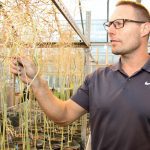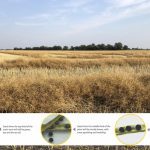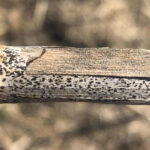Winter isn’t exactly prime time to scout for insects, diseases and weeds, but last year’s pests may provide a baseline to help prepare for the next canola crop, agronomists say. “Review the challenges you had last year and have a plan in place as to how you’re going to handle them this year,” said Warren[...]

















